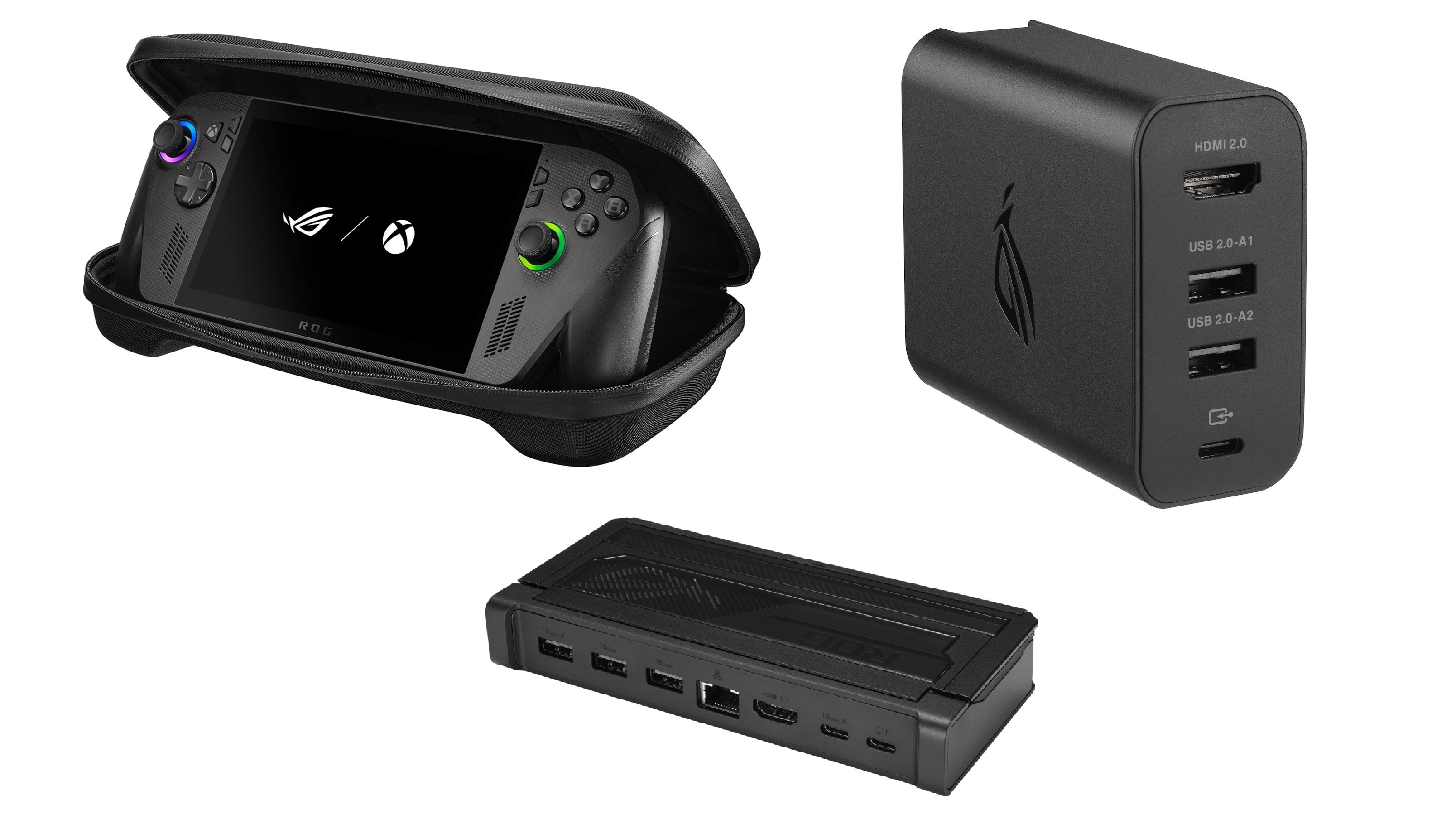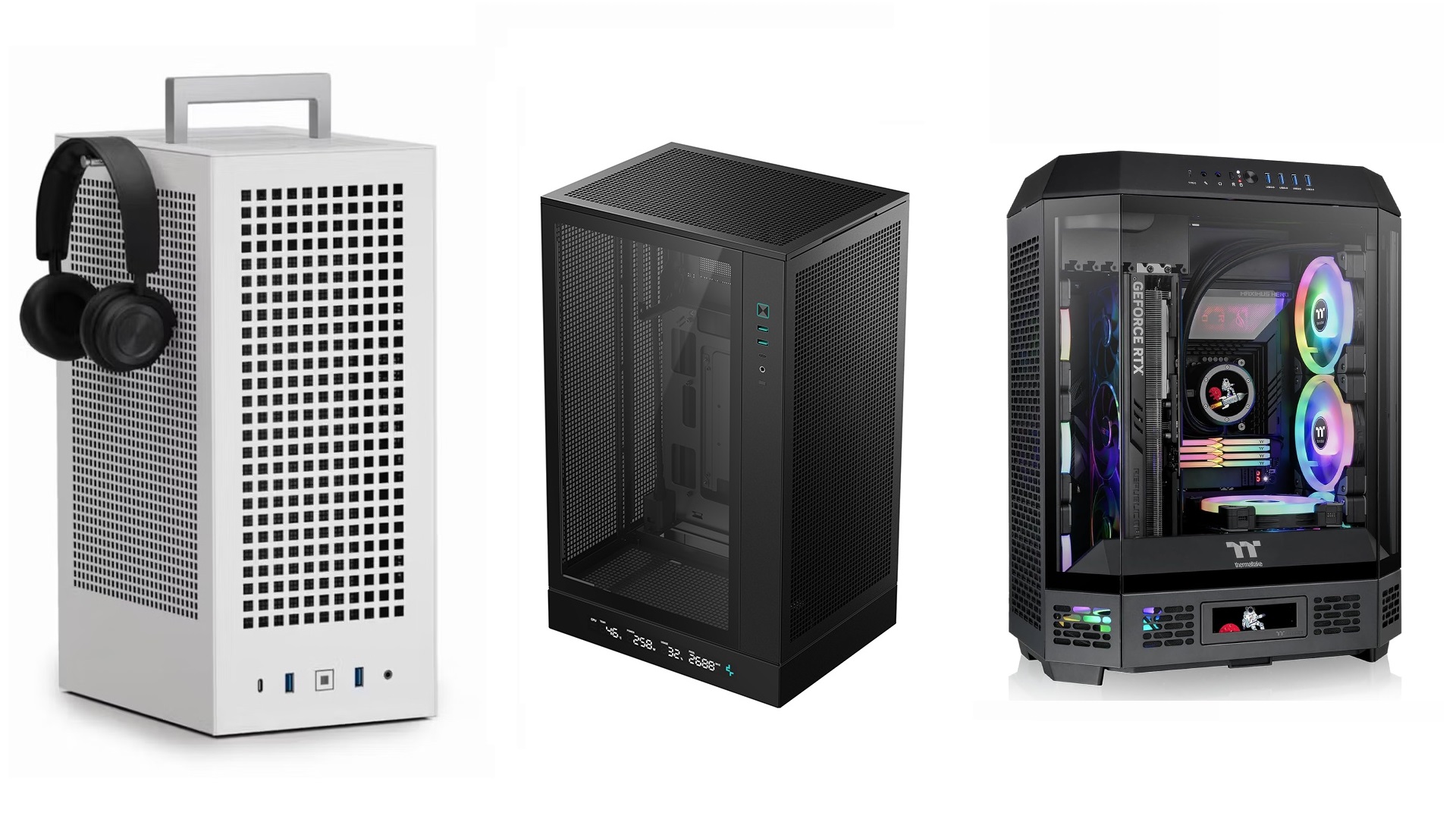Are you looking for tips for safe HDD disposal? Here is all you need to know in order to safely dispose and protect your data.

Your deleted files aren’t gone. A simple delete or hard drive reformat does not remove sensitive data—it just hides it from view while others can still recover it completely.
Proper data wiping is a vital security measure. Standard deletion methods leave your login details, personal information, and confidential data vulnerable to exploitation. You need specialized methods to wipe the data off your hard drive.
Your private information needs more protection than just hitting delete when upgrading or disposing of old devices. Several proven methods exist to keep your data safe from wrong hands. These range from secure erasure software to physical destruction techniques.
This piece will guide you through everything you need to properly wipe the data from and dispose of your hard drive. Your sensitive information deserves complete security. Let’s explore how to protect your digital privacy.
Backup Your Important Data First

You need a reliable backup of your data before beginning the disposal of your old HDD. The 3-2-1 backup strategy is the safest way to protect your data. This strategy keeps three copies of your data on two different types of media and stores one copy off-site.
Choose the Right Backup Method
Your data volume and security needs will determine the best backup method. Here’s what works best:
- Local backup: Store data on external hard drives to access and restore quickly
- Cloud storage: Keep off-site copies to protect against physical disasters
- System image: Make complete disk copies to recover your entire system
Automated backup solutions will protect your data regularly and eliminate human error. You can schedule these tools to run daily, weekly, or continuously based on what you need.
Verify Your Backup Is Complete
Making backups alone won’t protect your data – verification is vital to ensure data integrity. A backup verification process will confirm that your files are copied correctly and you can recover them when needed.
Testing your backup through a “test restore” gives you the most confidence. You can restore selected files or perform a complete system recovery to check your backup’s integrity. Your backup solution also has built-in verification tools that check for file corruption and backup stability.
Cloud backup services check your backup’s condition through scheduled verification processes. A manual verification before wiping your drive adds extra security and ensures your data stays safe throughout the process.
Check for Hidden Data
A deep scan of your old HDD can reveal data in unexpected places. Your original deletion methods often leave behind recoverable information in hidden spots.
Scan for Encrypted Files
Encrypted files create unique challenges because you need specific credentials to access them. These files stay locked without the original encryption certificate or key. You should first check for stored certificates using the Certificate Manager tool. While encrypted files might seem locked away, professional data recovery services can help get them back if you have the right decryption credentials.
Look for Hidden Partitions
Hidden partitions often contain critical system recovery files and backup data. Manufacturers of all sizes create these partitions to store factory reset files. Here’s how to spot hidden partitions:
- Check the disk management utility for unlisted drives
- Get into partition tables for “Hidden FAT 32” entries
- Look for recovery partitions between 100 and 200MB
Review System Folders
System folders hide items that standard viewing options might not show. Looking at partition properties helps identify space used by hidden files. You should enable “Show hidden items” in File Explorer to reveal masked content in system folders. All the same, some files might stay hidden because of virus infections or system settings.
Specific scanning tools track down sensitive documents which typical software cannot detect while remaining undetected. The recovery of data from apparently empty storage areas can be achieved by forensic software. Complete system scanning becomes necessary before discarding any equipment.
How To Wipe Your Hard Drive Clean
Data wiping methods play a vital role in completely removing data from storage devices. NIST’s Special Publication 800-88 shows how modern data sanitization standards have moved beyond traditional multi-pass overwriting methods.
Use Secure Erasure Software
NIST recommends two main sanitization standards: Clear and Purge. The NIST Clear standard writes non-sensitive data over storage locations instead of using complex patterns. The NIST Purge standard implements cryptographic erasure methods, which prevent any data recovery attempts in laboratory conditions.
Among the reliable software choices available are these options:
- Storage drive manufacturers such as Samsung offer specialized maintenance software through their product line, such as Samsung Magic, for their SSD products.
- The third-party data wiping software includes GParted, EaseUS, Disk Wipe, Active@ KillDisk, and Disk Wipe which offer intuitive user interfaces.
- Professional tools enable remote data destruction while producing comprehensive reports about sanitization processes.
Verify the Wiping Process
The verification phase executes a complete check to validate successful removal of all data. The current verification techniques assess the overwrite process directly instead of employing random pattern testing. NIST guidelines highlight that verification is a vital step in the sanitization process.
HDD verification requires reading back the overwritten data to check if it matches the intended pattern. SSD verification needs additional checks of the drive’s internal status flags and sanitization logs. Professional tools generate verification reports that provide certifiable proof for safe device reuse or disposal.
Choose the Right Disposal Method for your HDD

Your hard drive needs professional handling to protect data security during disposal. The right disposal method will depend on your security requirements and environmental impact.
Professional Recycling Services
Professional recyclers give you certified data destruction with documented proof. NAID-certified providers follow strict security protocols that include uniformed drivers, criminal background checks, and continuous video surveillance. These services track your device from pickup through destruction to maintain a complete chain of custody. Working with certified providers will give solid compliance with environmental regulations and data protection standards.
Physical Destruction Options

Several proven techniques make your data unrecoverable through physical destruction:
- Shredding: Uses 40,000 pounds of force to slice drives into small pieces
- Crushing: Applies 7,500 pounds of pressure to create irreparable damage
- Degaussing: Employs magnetic fields to neutralize storage devices
Shredding proves to be the most secure option to eliminate data completely. Each method needs specialized equipment and professional handling to work properly.
Environmental Considerations
E-waste has become the most rapidly growing waste stream worldwide. Professional recyclers help recover valuable materials like copper, gold, and silver from destroyed devices. Proper recycling of these materials reduces the need to extract new resources.
The correct waste management techniques must be employed in order to secure data while preserving environmental sustainability standards. Professional services provide safe management solutions for hazardous materials consisting of lead, mercury, and cadmium. Partners certified for recycling provide professional disposal services which help protect your data security standards. All disposal procedures receive proper documentation as these partners maintain strict environmental protocols.
Conclusion
Proper data security requires more than basic file deletion for the disposal of sensitive information on old HDDs. Data protection strategies that include backup procedures and hidden data checks, together with secure wiping methods, stop unauthorized persons from accessing sensitive information.
The combination of top-tier security and environmental support makes professional disposal services an excellent choice. These certified providers ensure complete data destruction and handle hazardous materials properly, which makes them the safest choice for hard drive disposal.
Note that standard deletion methods leave recoverable data behind. The detailed steps outlined above protect your digital privacy effectively. You can choose secure erasure software or physical destruction – the right disposal method safeguards your sensitive information and supports responsible e-waste management.
FAQs
How can I ensure my data is completely erased the disposal of my old HDD?
Use secure erasure software that follows NIST standards for data sanitization. These tools overwrite your entire drive with non-sensitive data, making recovery infeasible. After wiping, verify the process to ensure all data has been properly erased.
What’s the safest method to physically destroy a hard drive?
Extracting the hard drive from your old computer is essential before recycling or disposal. Secure data destruction methods, either performed by yourself or professional services, enable you to protect your personal data from unauthorized access.
Should I remove the hard drive before recycling my old computer?
Yes, it’s advisable to remove the hard drive before recycling or disposing of your old computer. This allows you to either securely erase the drive yourself or have it professionally destroyed, ensuring your personal data doesn’t fall into the wrong hands.
Are there any environmental considerations during disposal of old HDDs?
Absolutely. Hard drives contain materials that can be harmful to the environment if not disposed of properly. Look for certified e-waste recycling programs that can safely handle electronic devices. These services often recover valuable materials like copper and gold, reducing the need for new resource extraction.
Looking For More?
Thank you for reading the article. We provide the latest news and create guides for Baldur’s Gate 3, Starfield, ARK Survival Ascended, and more. Also, watch Deltia play games on Twitch or visit his YouTube channel!
 Reddit
Reddit
 Email
Email


